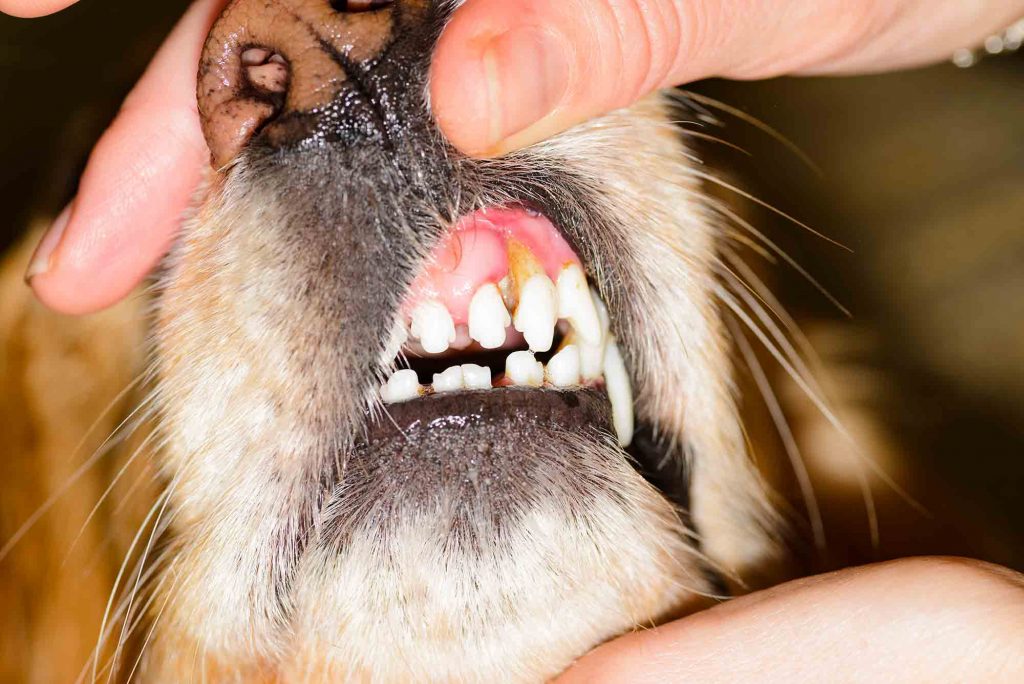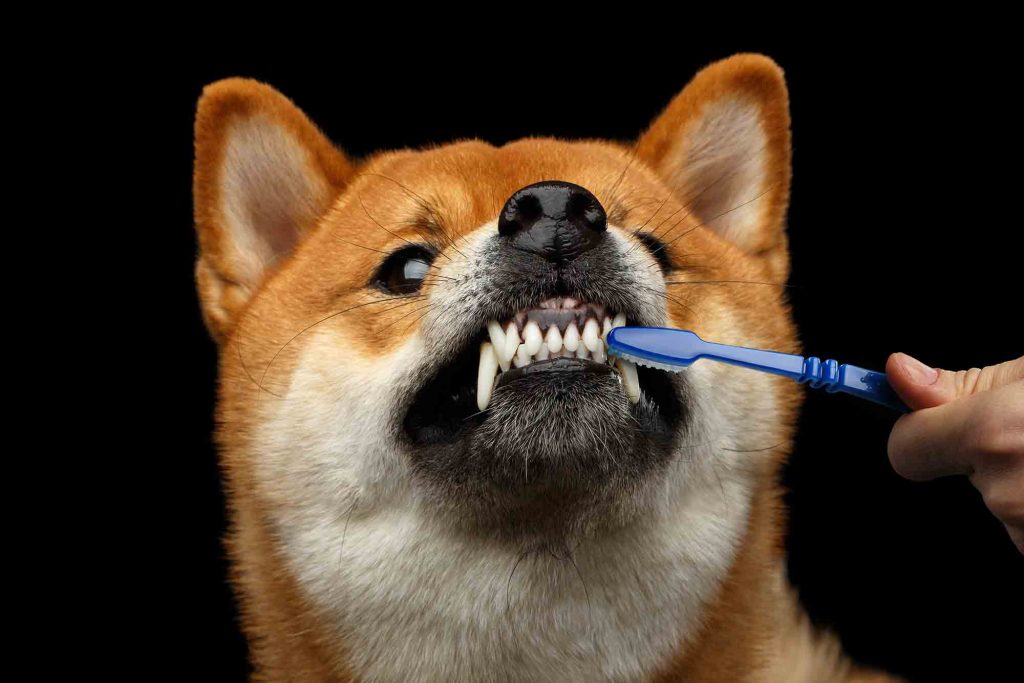Posts Tagged: Pet Tooth Care
The Four Stages of Pet Dental Disease
 Pet dental disease, also called periodontal disease, is one of the most common clinical conditions seen by our veterinarians. This comes as no surprise when we consider that most adult dogs and cats show some signs of the disease by the time they reach 3 years of age. If left untreated, pet dental disease can lead to pain, tooth loss, infection, and even damage to the vital organs, such as the heart, liver, and kidneys.
Pet dental disease, also called periodontal disease, is one of the most common clinical conditions seen by our veterinarians. This comes as no surprise when we consider that most adult dogs and cats show some signs of the disease by the time they reach 3 years of age. If left untreated, pet dental disease can lead to pain, tooth loss, infection, and even damage to the vital organs, such as the heart, liver, and kidneys.
The dental health of our patients is important to us at Lone Tree Veterinary Medical Center. In recognition of National Pet Dental Health Month, which is observed every February, we’d like to place the spotlight on periodontal disease and what pet owners can do to prevent and treat this serious condition.
Why You Should Brush Your Pet’s Teeth

There are several reasons why you should brush your pet’s teeth. Just like us, our pets’ teeth develop plaque, and have bad breath. Also like us, the lack of proper dental care leads to dental disease.
A 2016 poll by Ipsos found that 43% of dog owners never brush their dog’s teeth. 73% of cat owners say they never brush their cat’s teeth.
Excuses for Not Brushing
The most common reasons pet owners avoid brushing are difficulty, inconvenience, and lack of knowledge. However, neglecting dental care can lead to periodontal disease.
We’re Here To Help
Brushing your pet’s teeth may seem like an impossible task, but with patience and consistency, most pets can learn to tolerate—or even enjoy—daily dental care.
Continue…


